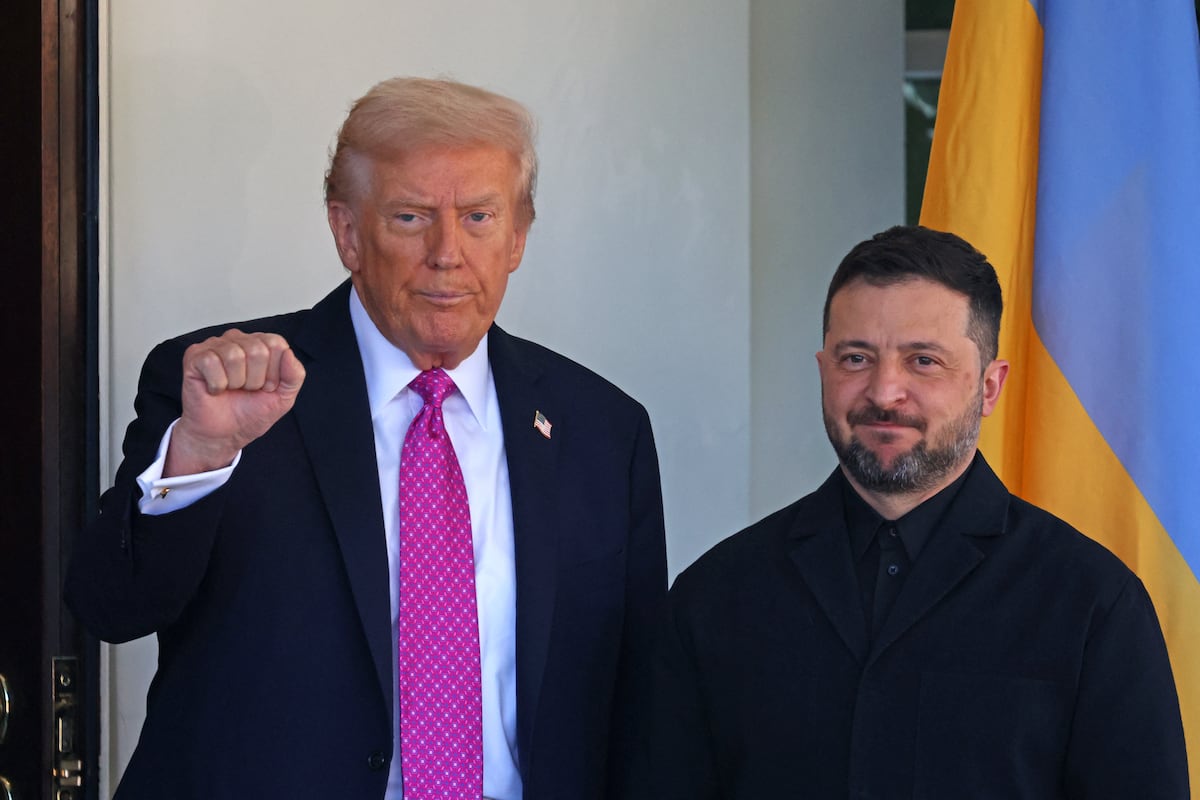Key Takeaways
- Trump urges a ceasefire between Russia and Ukraine, advocating for both sides to claim victory and negotiate.
- Zelenskyy emphasizes the need for U.S. pressure on Russia and strong security guarantees for Ukraine amid negotiations.
- Discussions on military aid included debates over potential U.S. weapon deliveries to Ukraine, specifically Tomahawk missiles.
Trump Calls for Ceasefire in Ukraine
In a recent statement on Truth Social, former President Donald Trump called for an immediate ceasefire between Russia and Ukraine, following his discussions in Washington with Ukrainian President Volodymyr Zelenskyy. Trump emphasized the need for both parties to halt fighting, saying, “It is time to stop the killing, and make a DEAL! Enough blood has been shed.” He advocated for both nations to declare victory, allowing history to make the ultimate judgment.
Following these remarks, Zelenskyy stated that while the idea of a ceasefire is crucial, Ukraine will not cede any territory to Russia without consent through a nationwide referendum. The Ukrainian president characterized Trump’s perspective as valid, agreeing that dialogue should commence once fighting stops. He expressed hope that Trump could effectively pressure Russian President Vladimir Putin to end the conflict.
During their meeting, Zelenskyy sought U.S. support in the form of Tomahawk missiles capable of targeting deep within Russia. However, Trump expressed reluctance to deplete U.S. missile reserves, stating, “I have an obligation also to make sure that we’re completely stocked up as a country.” When asked about the likelihood of receiving missiles, Zelenskyy remained realistic about the prospects.
Experts have argued that the U.S. should consider providing Ukraine with alternative weaponry that is effective on the battlefield. Retired Rear Adm. Mark Montgomery pointed out other options, such as ATACMS missiles and the cost-effective Extended Range Attack Munition (ERAM), which could significantly enhance Ukraine’s military capabilities against Russian forces.
Secretary of Defense Pete Hegseth warned that failure to end the war would result in further punitive measures against Russia from the U.S. and NATO. He reiterated the commitment to supplying Ukraine with necessary firepower to counteract Russian aggression. The Institute for the Study of War reports minimal changes on the front lines this year, alongside a rise in missile strikes targeting Ukrainian cities.
Zelenskyy highlighted the critical need for strong U.S. security guarantees should a ceasefire occur, expressing concerns about potential continued aggression from Putin. The meeting in Washington coincided with Trump’s recent phone conversation with Putin, in which both leaders agreed to meet in Budapest within two weeks.
Skepticism surrounds the effectiveness of this proposed meeting, with Ukrainian advocacy groups doubting its potential impact. Ostap Yarysh from the advocacy group Razom for Ukraine criticized Putin’s credibility, suggesting the offer to meet with Trump is merely a tactic to delay any resolution.
As the discussion continues, the ongoing conflict in Ukraine remains a focal point, with both military and diplomatic efforts being closely monitored.
The content above is a summary. For more details, see the source article.















